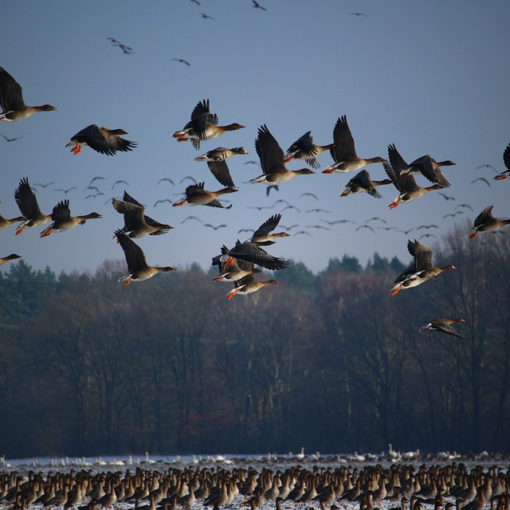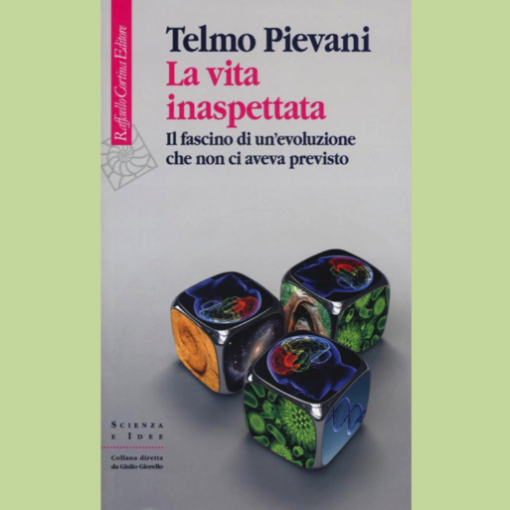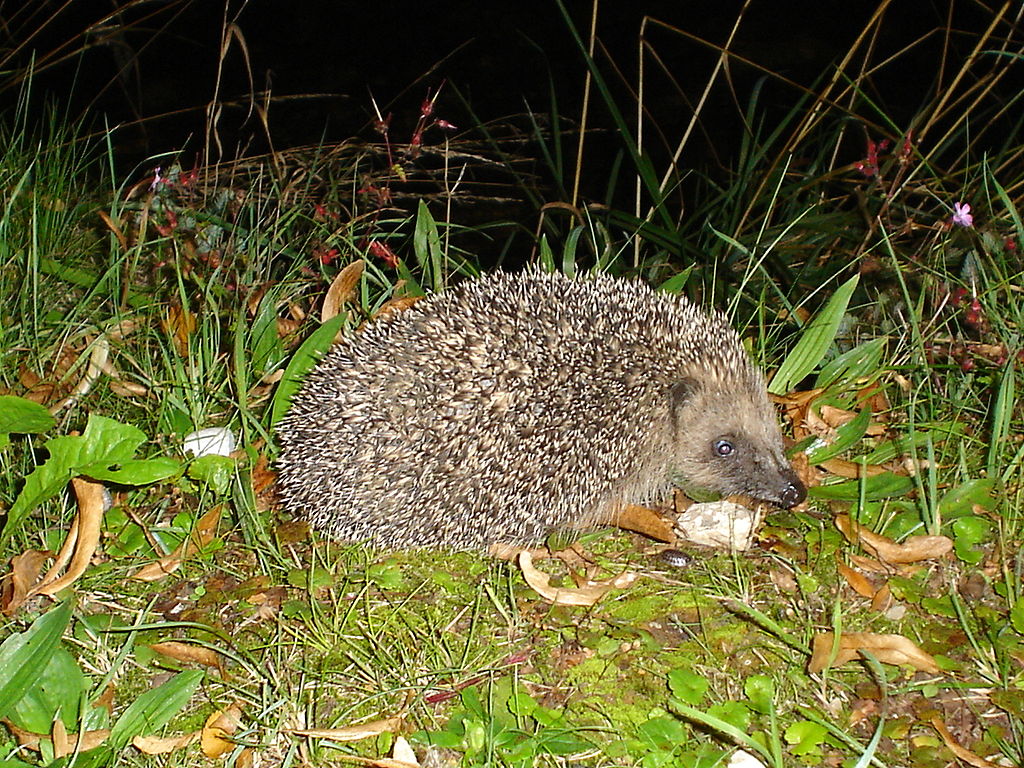
European hedgehog Erinaceus europaeus L. – Photo by Andrea Blankenstijn
With the arrival of spring, the days getting longer every day and the temperatures becoming increasingly milder, the Hedgehog (Erinaceus europaeus L.) awakens; winter sleep, which in our climates can last from November to March, has not been continuous, but interrupted by spontaneous awakenings and short periods of activity about once a month, as the external temperature and body temperature varied. Now that the body temperature has reached 34 degrees, it slowly awakens; still numb due to an external temperature that is not yet optimal, he moves extremely slowly, and at sunset, it is attracted by the heat of the asphalt which also gives relief from the annoyance of fleas and parasites that sometimes infest him, an easy victim of cars speeding along the road.
The Hedgehog is a very ancient animal, as we know it, it has existed for 15 million years; the species appeared on Earth well before other mammals, which have long since become extinct.
It has a stocky body, a head that is not distinct from the body, a pointed muzzle with short and rounded ears, small eyes, and black whiskers; the legs are short but equipped with 5 toes with robust nails.
The upper part of the body is covered with short and rigid spines about 2-3 cm long, of a yellowish-fawn colour with a blackish-brown band near the tip. 5-6000 can be counted in an adult specimen. They are modified hairs, with a hollow and rigid structure. The spines normally adhere to the body and point backward; if disturbed or frightened, thanks to a special musculature that covers the entire back, the animal stands up and, at the same time, curls up into a ball, thus hiding the muzzle and the most vulnerable ventral parts.
The muzzle, paws and belly are covered with greyish fur.
The sexual dimorphism is not very evident: the male is bigger and a little longer than the female. The size of an adult varies from 20 to 30 centimeters.
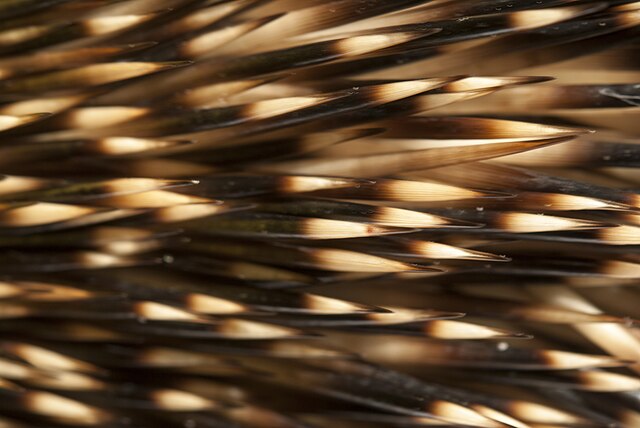
Ubiquitous, it lives in different environments, in meadows, in cultivated areas, in city parks, in gardens and near farms and country houses. It also frequents the woods (up to around 2000 m above sea level), preferring the marginal areas.
Sometimes in areas richer in grass and bushes in ravines in the ground or abandoned dens, you may come across balls of grass and intertwined leaves: the Hedgehog’s nest.
Hedgehogs need a nest throughout the year to hide and protect themselves from the elements. Three types are known: the so-called diurnal nests which are used in spring and summer when the animal sleeps, the reproduction nests used by females for giving birth and raising their offspring, and finally the winter nests also called hibernacula or lethargic nests. The latter are much more carefully constructed and are more solid. The dry leaves, grass, and moss of which the walls are made form an insulating layer capable of absorbing most of the variations in external temperature.
Generally solitary, it leads a mainly twilight and nocturnal life; during the day it remains secluded in its nest or the thick vegetation.
It is an animal that is a friend of vegetable gardens and gardens because it feeds on insects, snails, mice, and other animals that can cause damage to crops and, for this reason, it is respected by farmers.
However, its diet is very varied: in addition to insects to whose bites it is insensitive, and earthworms, mollusks and spiders, it also feeds on eggs, reptiles and small mammals. It supplements its diet with mushrooms, acorns, and berries; it loves ripe, sweet fruit and cured fish; He goes crazy for the cat treats he can find near houses or when he sneaks into cellars.
It is a declared enemy of mice and micro-mammals, as well as snakes and for this reason, it is often introduced by farmers into stables and barns. Where they are present it is an occasional predator of vipers; it kills them by breaking their spine or crushing their head. He is not immune to the venom of vipers, but it owes its salvation to the formidable mantle of spines that prevents the reptile from biting him. The only vulnerable point is the snout because it has no spines.
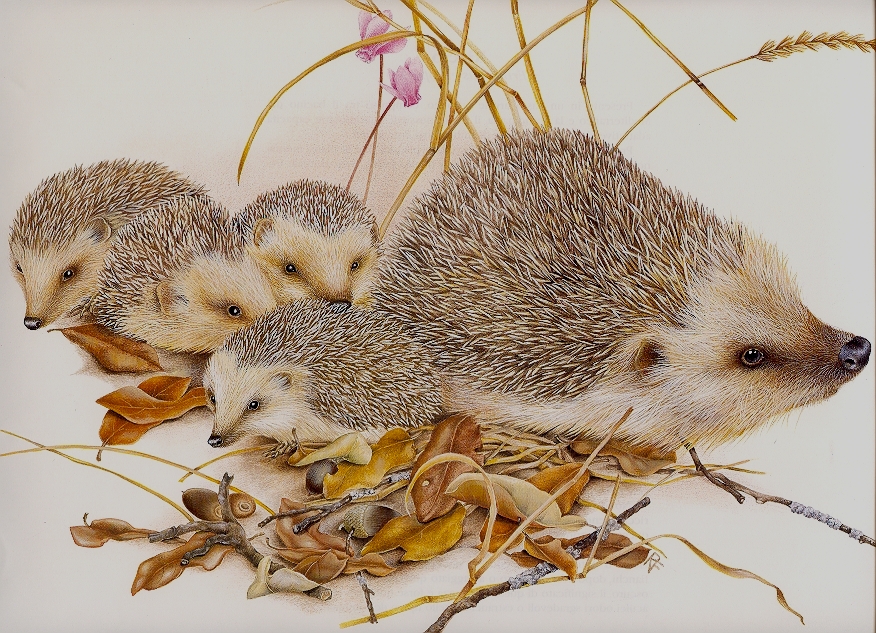
Mating takes place between spring and summer and is followed, after 30-40 days of gestation, by the birth of 4-7 young. The young at birth are already covered by the buds of the quills (small, white, and still soft), but not by the hair and are breastfed by the mother for 3-4 weeks.
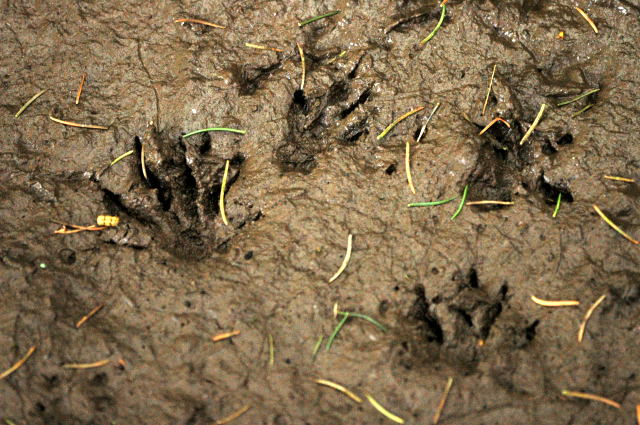
Essendo un animale particolarmente elusivo è facile rilevare la sua presenza dalle numerose tracce, in primo luogo le orme, che lascia sul terreno. È un plantigrado e per questo cammina appoggiando tutto il piede sul suolo: nell’orma sono ben visibili tutti i cuscinetti plantari e i segni delle unghie.
Le orme delle zampe posteriori spesso si sovrappongono in parte alle orme delle zampe anteriori, cosicché viene a formarsi un’impronta doppia.
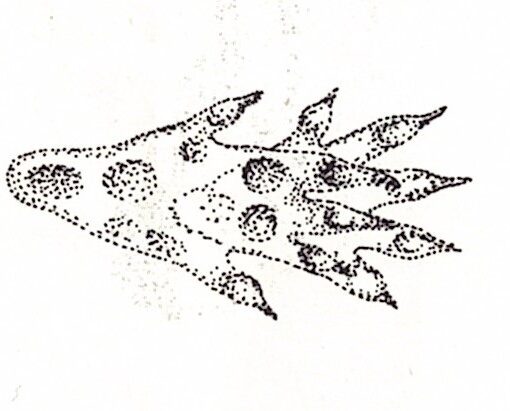
In places frequented by a hedgehog, black and cylindrical excrements are very common; they have a point at one end in which undigested remains of chitinous parts of insects or snail shells can be found.
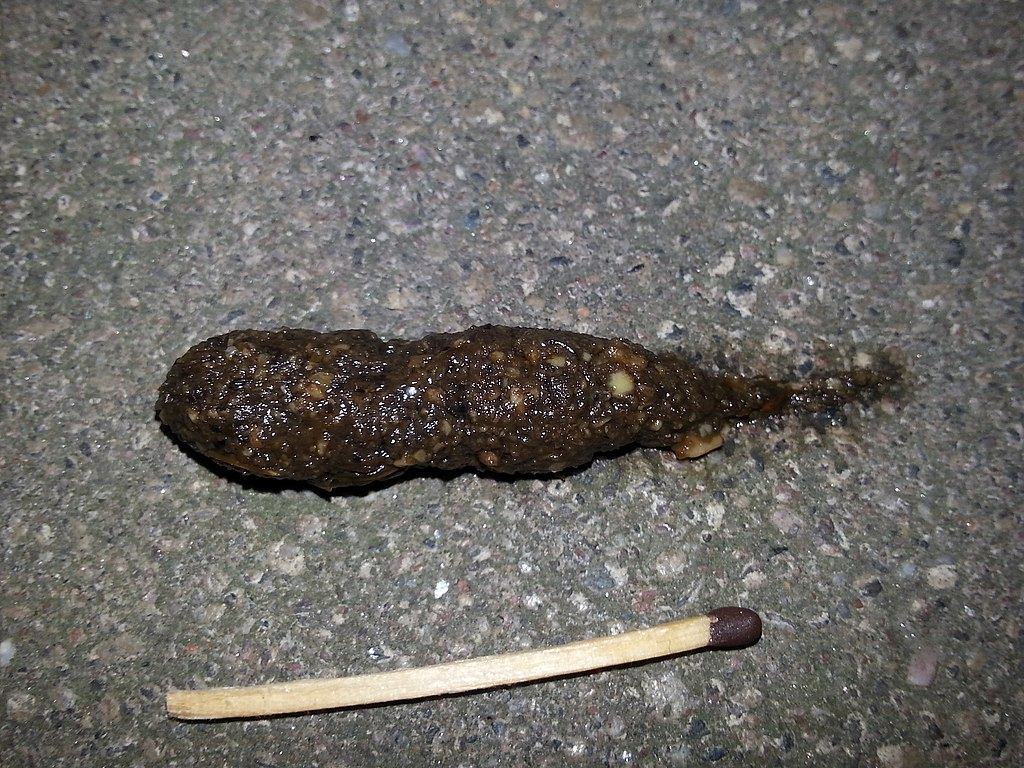
Although it is difficult to see it, it makes itself heard: it hisses and snorts when it is looking for food, and when it is frightened it emits high-pitched and plaintive cries. It’s a loud guy!
The Hedgehog has few natural enemies because they protect themselves by curling up into a ball and erecting their quills. The most dangerous of its enemies are birds of prey, such as the goshawk, the tawny owl, the eagle owl, and some mammals such as badgers, foxes, dogs, martens, skunks, and sometimes wild boars, which however must engage in furious fights to overcome their resistance. Rats can attack young ones; however, when hedgehogs are in deep hibernation, they can also be eaten by rodents.
The Hedgehog falls within a protection regime regulated by the Washington and Bern Conventions, by the ratification of the Bern Convention (signed by 51 countries), by the Council of the European Union (“Habitat” Directive 92/43/EEC and Regulation no. 338/97/EEC) and by the National Law of 11 February 1992, n. 157 “Regulations for the protection of homeothermic wild fauna and hunting”.
However, the population is in sharp decline. We can say without a shadow of a doubt that its worst enemy is the man and their activities, in addition to the fact that man has always hunted this cute animal for its meat. The disappearance of wild hedges, piles of wood, or branches, causes significant damage to their survival and reproduction. Herbicides and pesticides are poisons that leave no escape.
Agricultural machinery used in the countryside, or even a simple brush cutter and a pitchfork used to move piles of leaves, can injure or kill hedgehogs hidden in the bushes. Let’s remember that in case of danger, the Hedgehog doesn’t run away, he curls up into a ball.
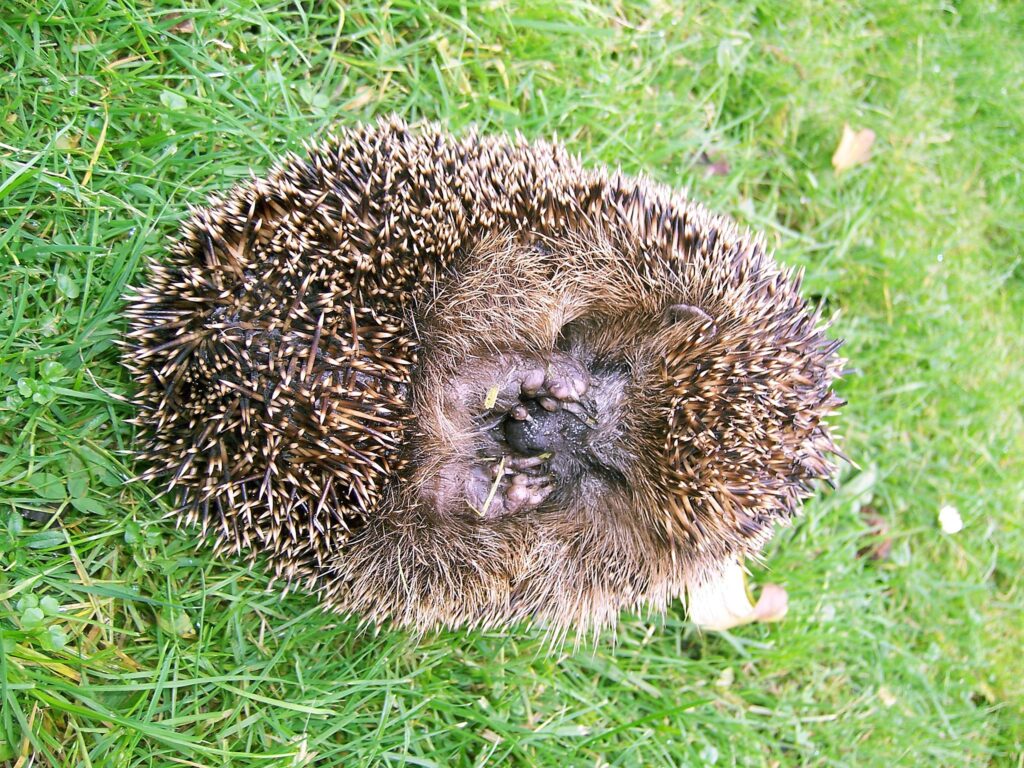
Nightlights are also a danger because they make it visible to predators.
But it is above all on the roads, especially at dusk, that the massacre of hedgehogs crushed by cars as they cross the road with their slow and bobbing gait takes place.
Let’s be careful!
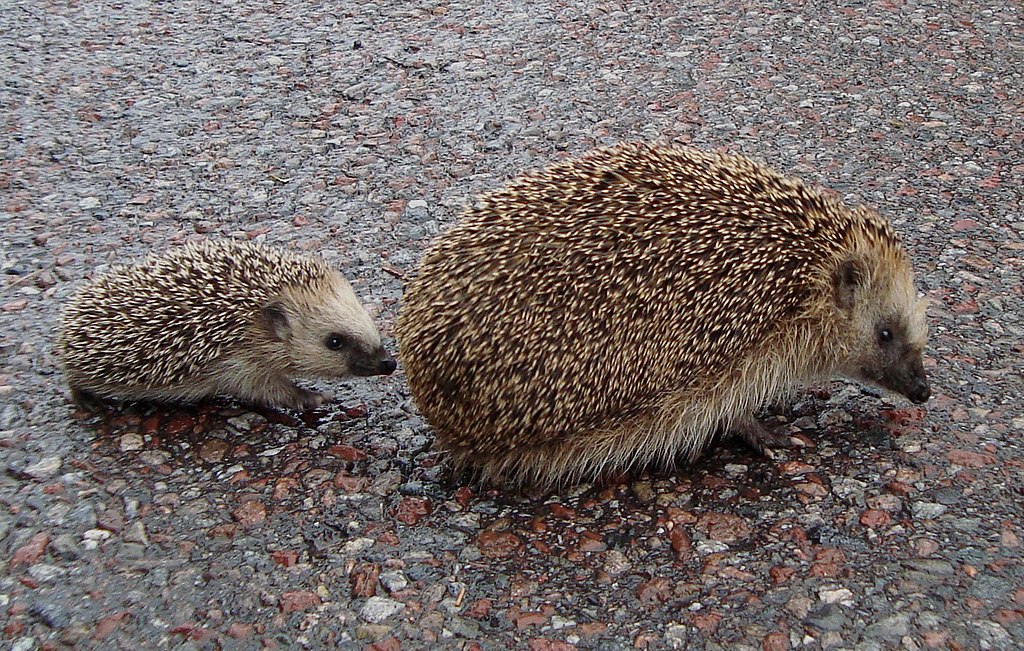
What to do if we find a hedgehog in our garden?
We can provide him with fresh water but never give it milk! We don’t have to feed it, because feeding a wild animal is an ecological trap since it would get used to it and get used to being fed by us. We can help it from time to time with kitten kibble, but only a month before and after hibernation. If it is dehydrated or in pain, you should immediately contact the specialized centers.
And now for the little ones, a fun clip: “Il Riccetto vagabondo”, an animation by Maria Antonietta Sessa dedicated to children aged three to ninety-nine.
Credits
Maria Beatrice Lupi, a naturalist and expert in training, planning for sustainable development, participatory methodologies, and European planning. Currently, she is involved in dissemination and education for sustainability.
Translation by Maria Antonietta Sessa


